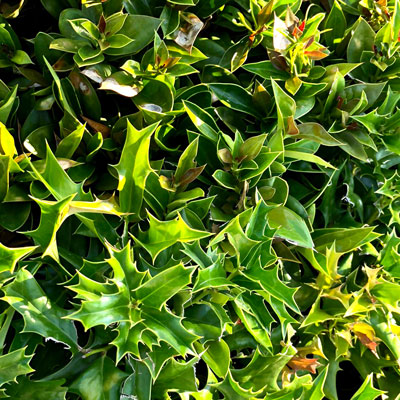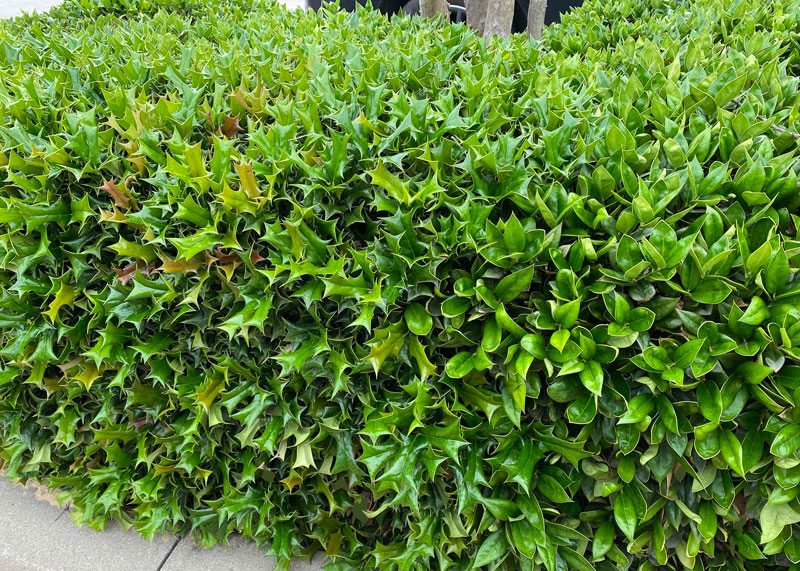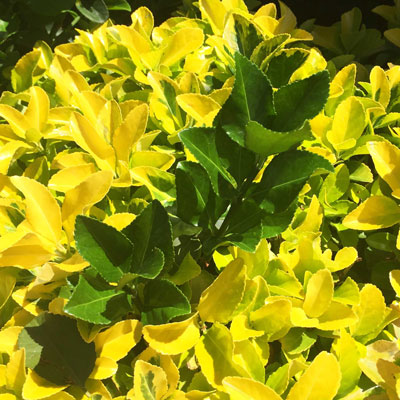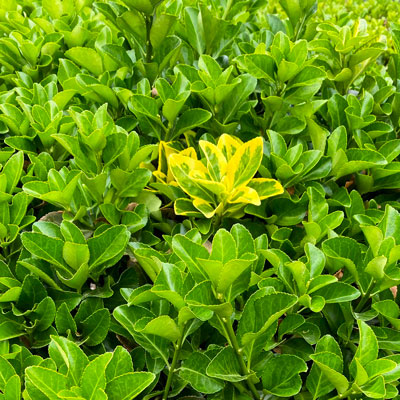Little Garden Tip: Reversed Mutations
When I began my Master’s degree program at Colorado State decades ago carnations were a huge thing in Denver. Now, almost all come from Columbia.
But that’s another story for another day. The point I wanted to mention was that while doing my breeding work on carnations, I found that one cultivar from the William Sim Company, I believe one by that same William Sim name, had given rise to (I believe) 56 different mutations of all sorts of carnation colors. Lynn and I had just gotten engaged, and I was in the process of transferring back to Ohio State. My recollections of those carnation varieties are admittedly fuzzy. I just remember how unstable that one type was.
OK. Now back to my story today. Jump ahead to two very common plants that you see almost every day.

• Carissa holly is a mutation of dwarf Chinese holly, and it’s not uncommon to see it throw a shoot out that reverts back to that much more prickly lineage.



• Golden euonymus reverts freely back to green euonymus. The green shoots are much more vigorous and will quickly overtake the variegated growth if you don’t take action to stop it.
This also happens on a couple of the common variegated privets. Both variegated Chinese privets (white variegation) and Sunshine ligustrums pop green shoots out freely.
When any of your plants begins to produce mutations that are stronger in their growth than the original plant of your choice, you need to prune out the undesired wood branch by branch. It’s very possible that you’ll need to sacrifice some “good” growth to be sure you’ve eliminated all the tissues of the mutation. From that point on, keep a vigilant eye on your plants to remove any new growth that strays off course.
